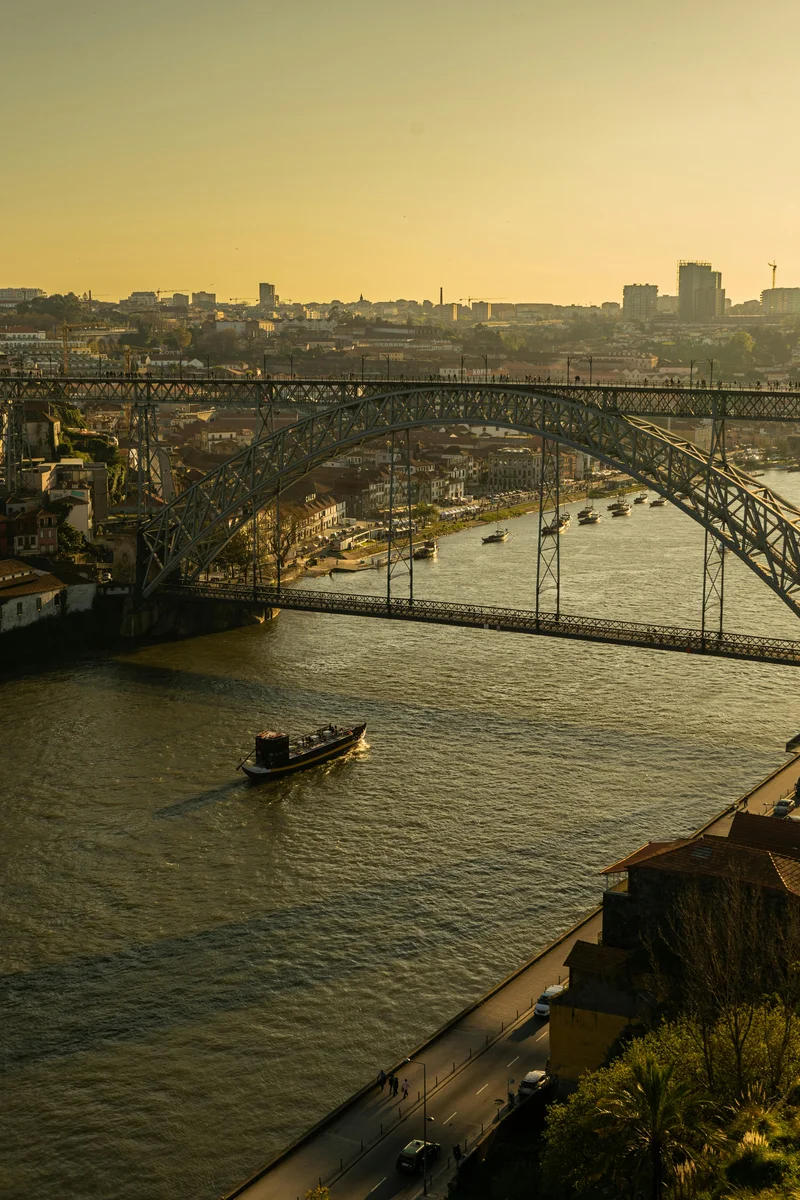Portos Bakery: Locations, Menu Essentials, and Ordering Efficiency
Title: Porto's "Best Destination" Award: A Walkability Index and the Future of Tourist Bubbles
The Numbers Game: Porto's Unexpected Win
Porto being crowned Europe's Best Tourist Destination for 2025 by the World Travel Awards? On the surface, it's another city getting a pat on the back. But digging into the data, it points to a shift in what tourists actually want, versus what they’re told they should want. We're talking about a pivot away from volume and towards… well, let's call it "curated authenticity."
Amsterdam, Barcelona, Berlin – these are the usual suspects in the “best of” lists. So why Porto? The official line emphasizes “historic charm, modern vibrancy, and commitment to sustainable tourism.” Marketing speak, mostly. The real key, according to the awards themselves, seems to be walkability. Porto's "compact urban structure" is repeatedly cited. This is where the numbers start to tell a more interesting story.
Think of it as a "walkability index." How easily can a tourist ditch the Uber, lose themselves in the backstreets, and feel like they're experiencing something genuine? Porto seems to be scoring high here. It’s not just about pedestrian-friendly infrastructure (though that helps). It's about density of attractions within a walkable radius. You can cram a lot of history, culture, and wine cellars into a small area. The average tourist isn't measuring this, but they feel it.
Cracks in the Facade: Authenticity vs. the Tourist Bubble
But let's not get too carried away with the romanticism. The articles praise Porto for maintaining a "genuine sense of place despite rapid growth." Is that really true?
This is the part of the report that I find genuinely puzzling. Every tourist destination claims to offer "authenticity." But what does that even mean in 2025? Is it the absence of chain stores? The presence of "local" artisans selling mass-produced trinkets? Or is it simply the feeling of being away from the familiar?
The truth, I suspect, is more cynical. Tourists aren't necessarily seeking true authenticity. They're seeking a convincing simulation of it. A carefully constructed "tourist bubble" that feels real, even if it’s anything but. Porto, with its walkable streets and picturesque riverfront, may simply be a particularly well-designed bubble.

Here's where the data gets fuzzy. How do you measure the "genuineness" of an experience? You can't. You can only measure proxies: the number of independent businesses, the percentage of residents employed in tourism, the level of reported "satisfaction" among visitors. All of which are easily manipulated or misinterpreted.
And let's be honest, the idea of "sustainable tourism" is often a self-serving myth. Sure, walking is better than driving. But flying across the Atlantic to stroll around Porto's historic district? That's not exactly carbon-neutral. The whole thing smacks of greenwashing.
Porto's Lessons: Scale, Soul, and the Future
So, what’s the takeaway? Porto's award isn't just a random pat on the back. It's a sign that the market is shifting. Tourists are getting wise (or at least, think they're getting wise) to the old tricks. They want something more than a checklist of famous landmarks. They want an experience that feels… real. According to one report, Porto Takes the Spotlight as Europe’s Best Tourist Destination for 2025, Boosting Portugal’s Tourism Boom Porto Takes the Spotlight as Europe’s Best Tourist Destination for 2025, Boosting Portugal’s Tourism Boom.
But here's the catch: "real" is increasingly a commodity. Cities like Porto are becoming experts at packaging and selling it. The challenge for Porto (and for any city that wants to follow its lead) is to manage that growth without destroying the very thing that makes it attractive. Maintaining that balance—between economic benefit and urban well-being—is the real test.
The articles mention the need to "strengthen pedestrian-friendly infrastructure," "protect historic districts from over-commercialisation," and "support local communities." All good intentions. But good intentions don't pay the bills. It's easy to talk about sustainability. It's much harder to implement it when the tour buses are lining up and the souvenir shops are clamoring for space.
Tourist Traps, Elevated
Porto's success isn't a revolution. It's evolution. A sign that the tourist industry is getting smarter, more sophisticated, and more adept at selling us what we think we want. The "authenticity" they're peddling might be as manufactured as a Hollywood set, but hey, at least it’s a pretty set. And one you can walk around in.
